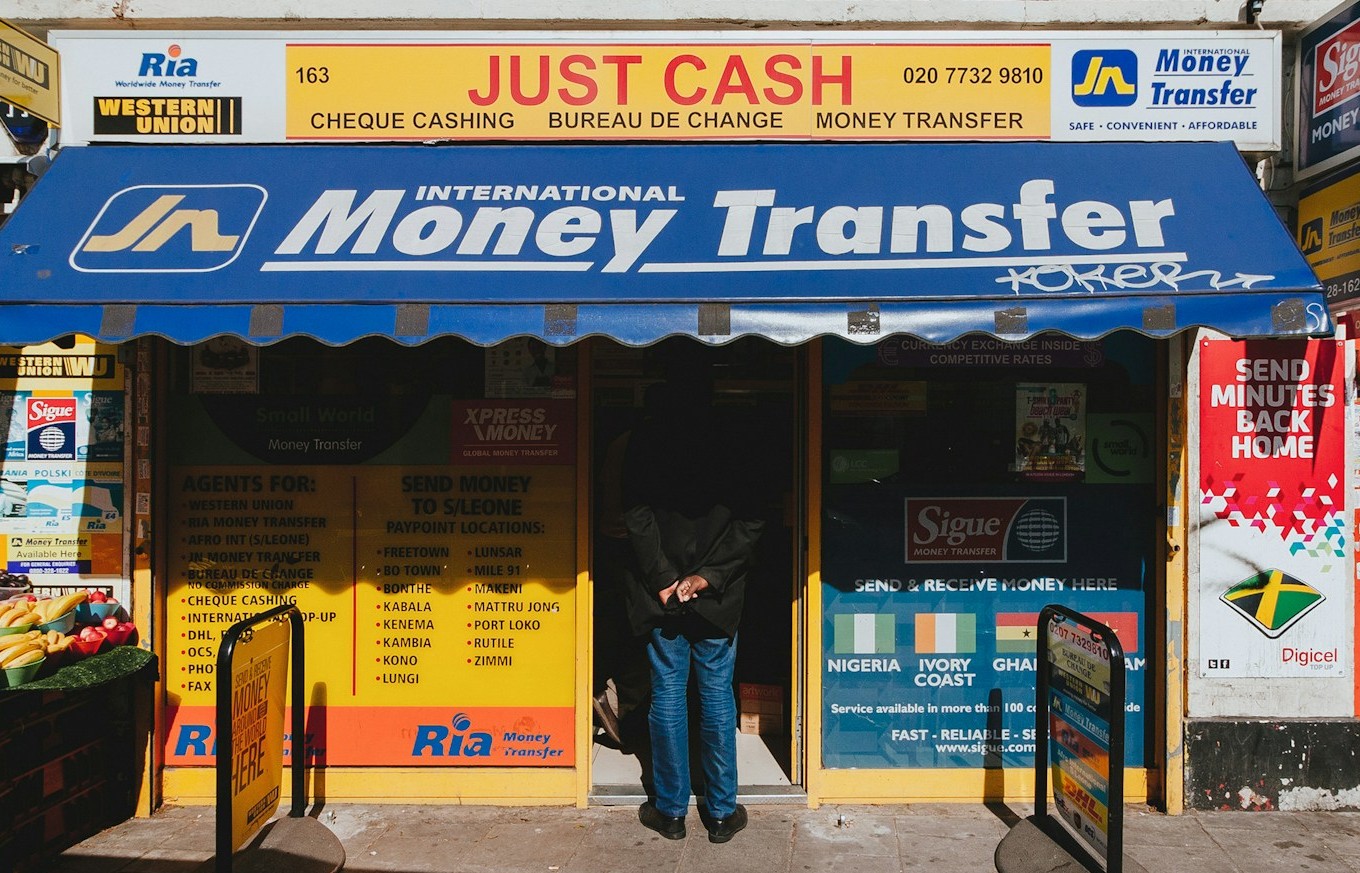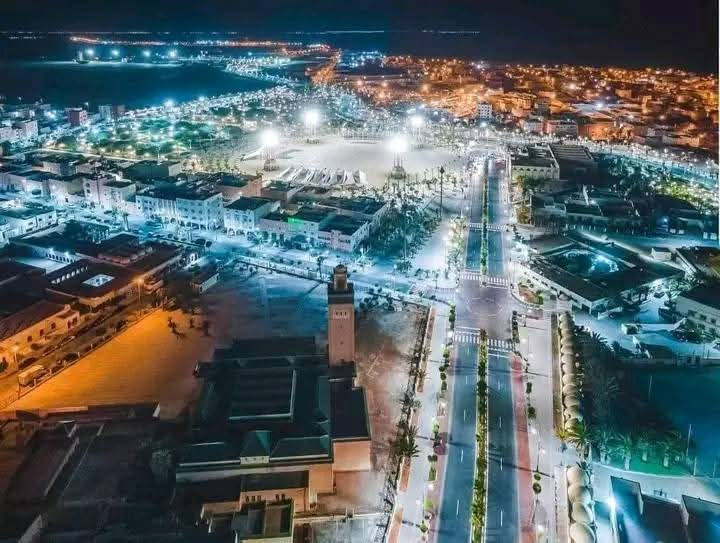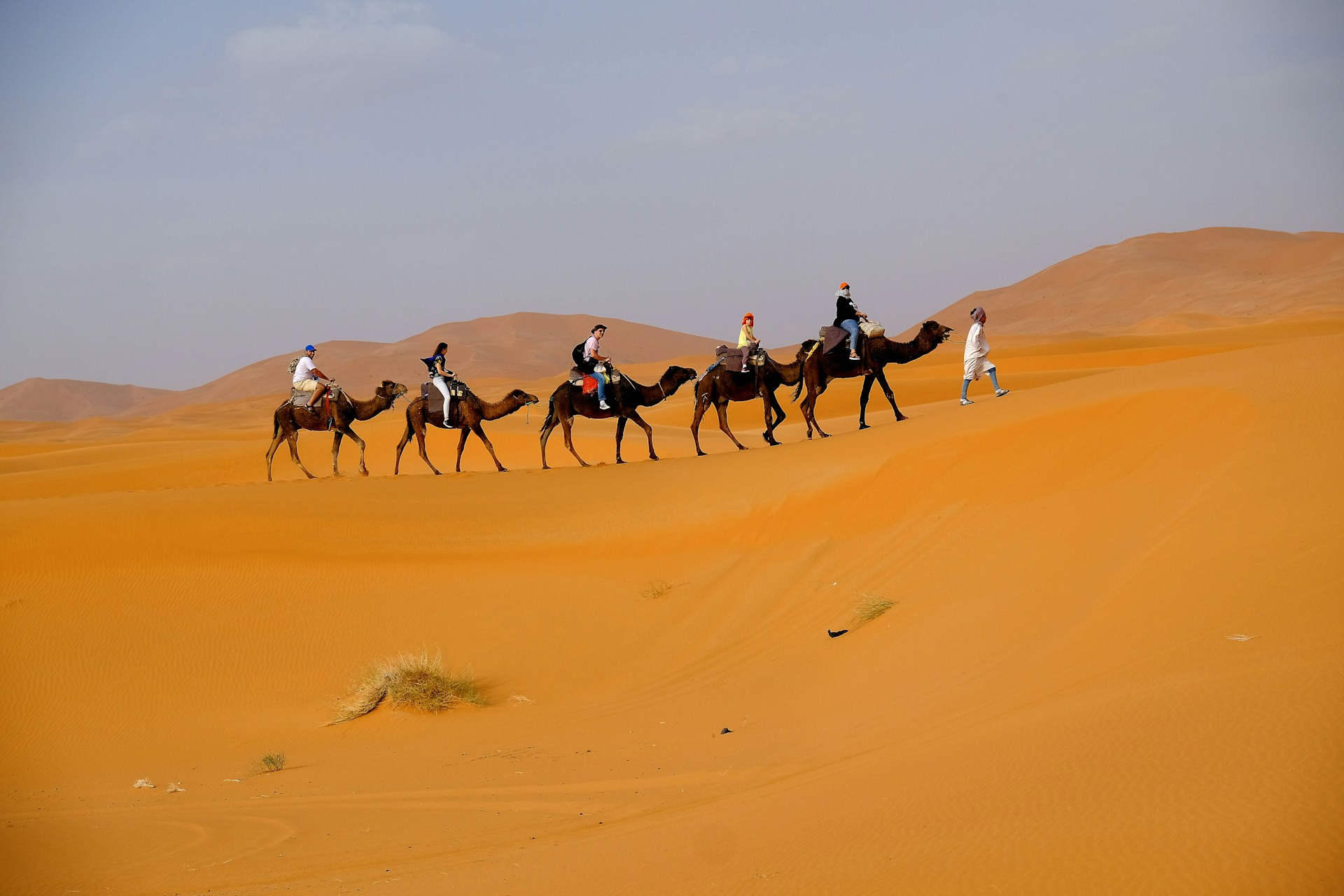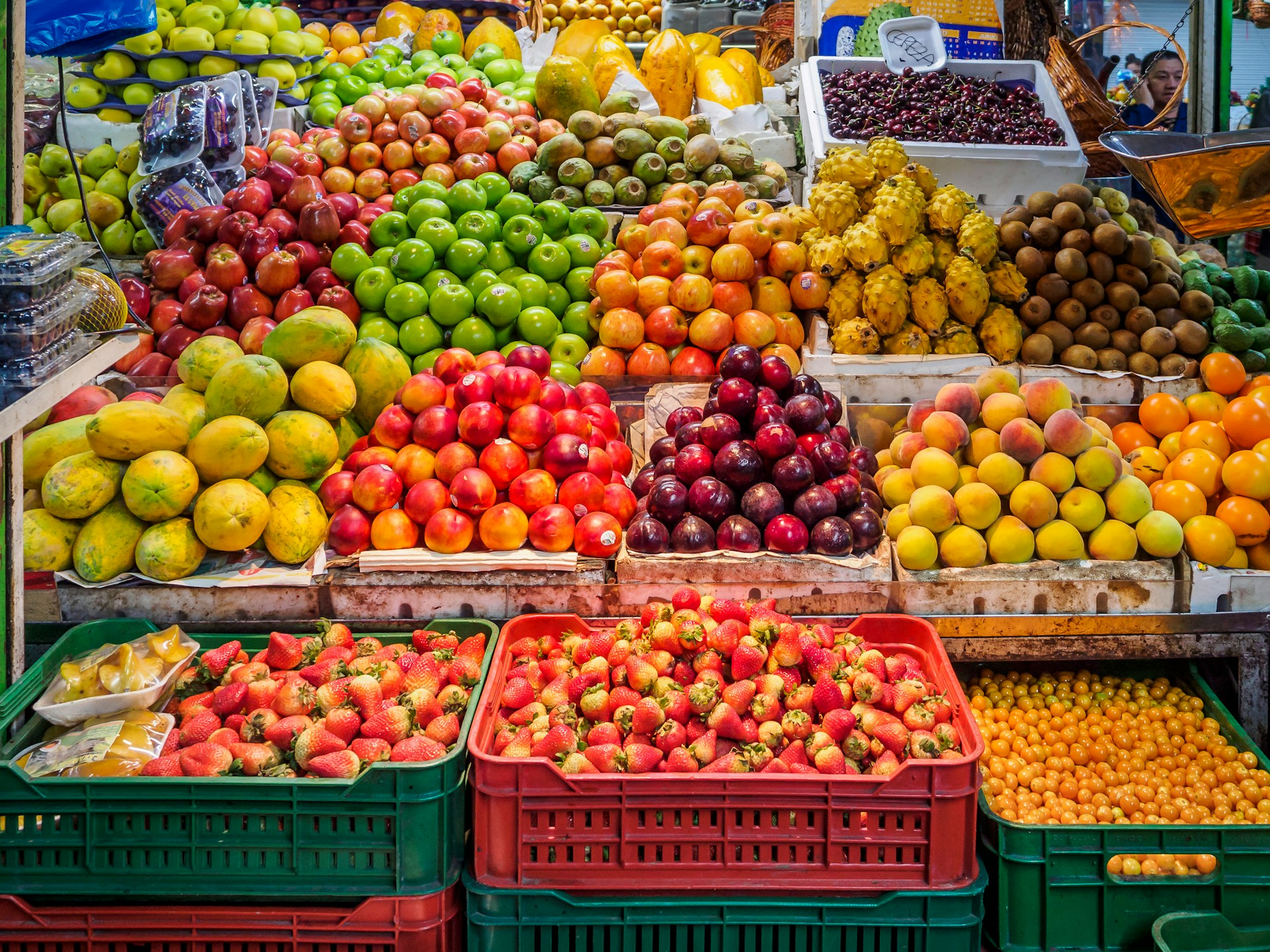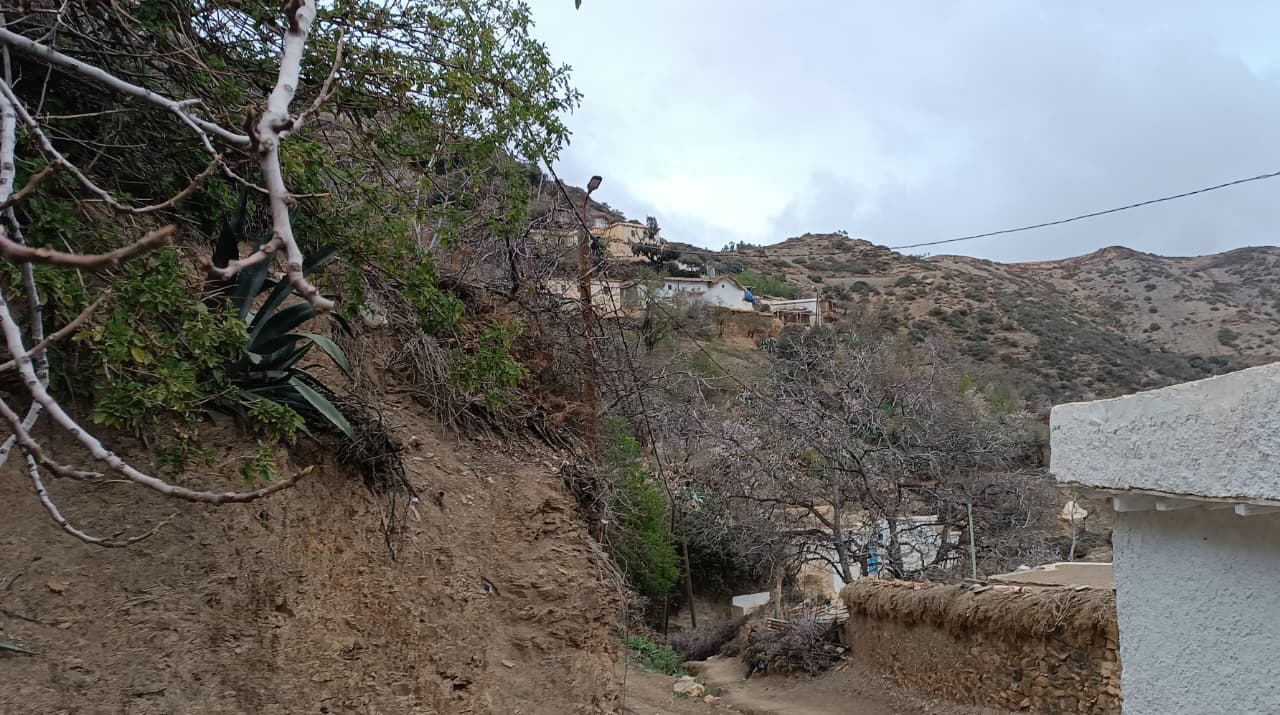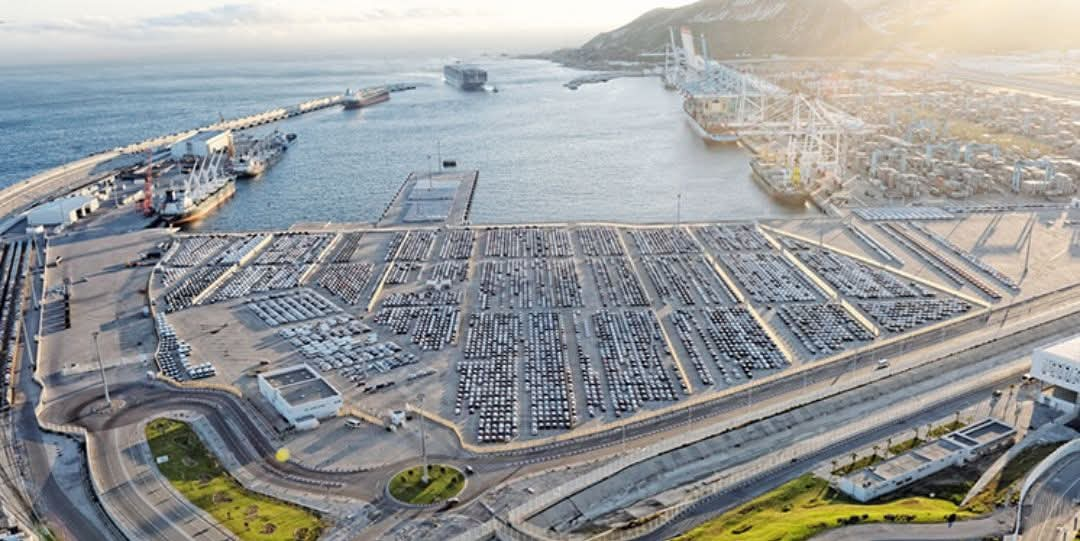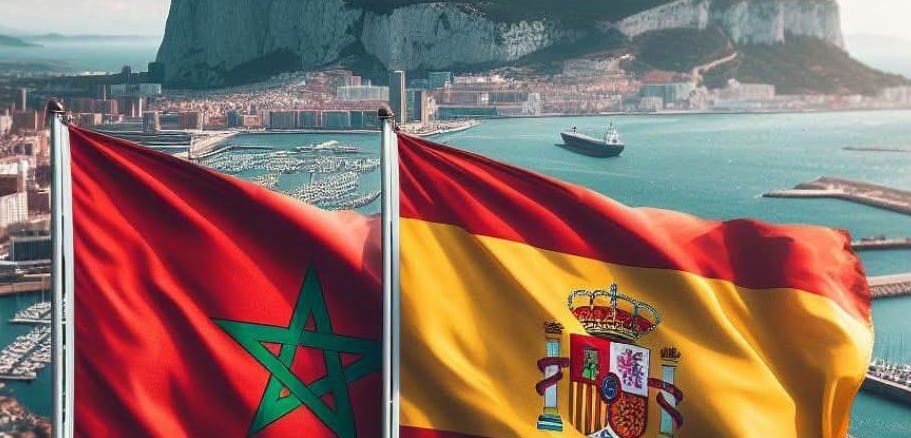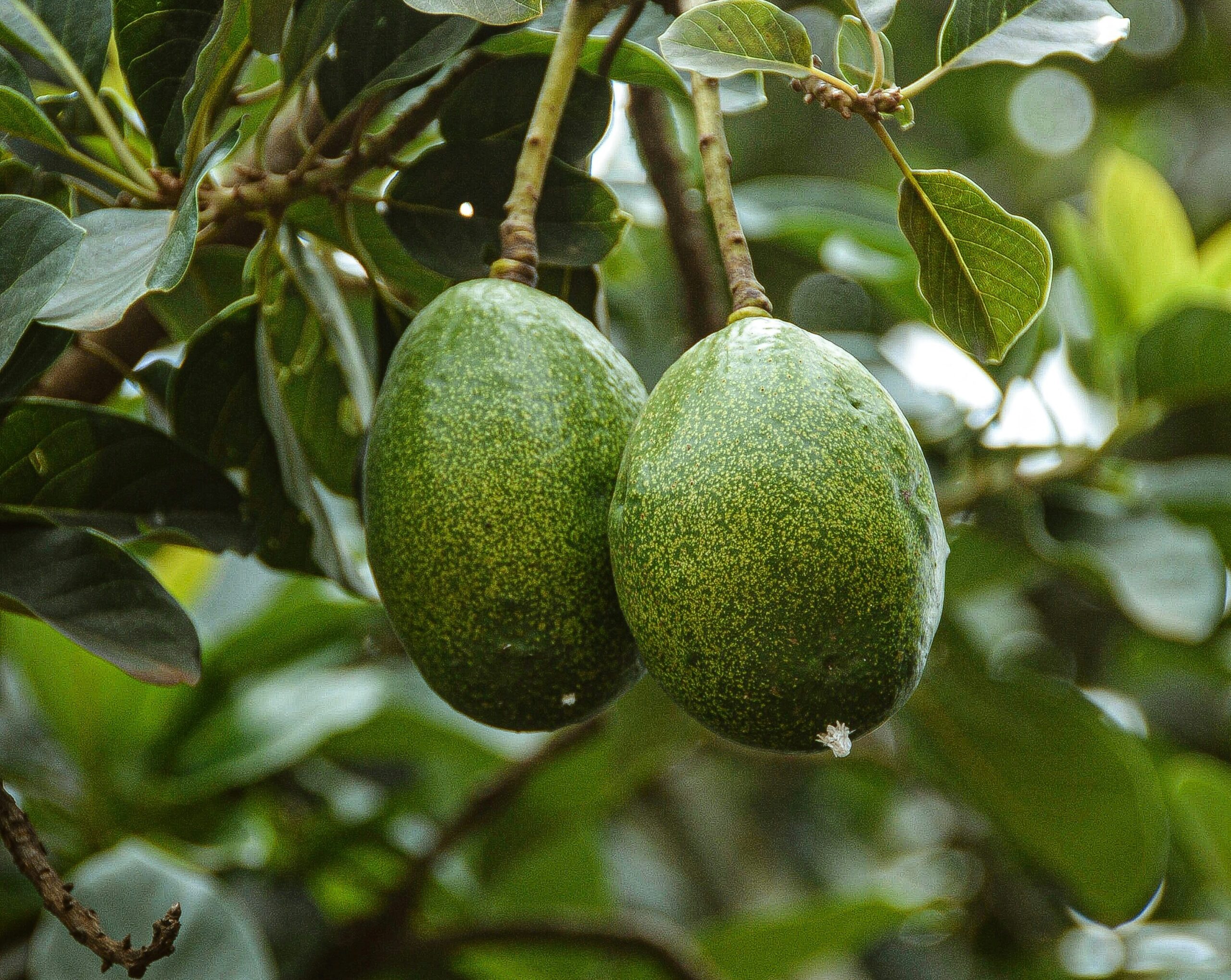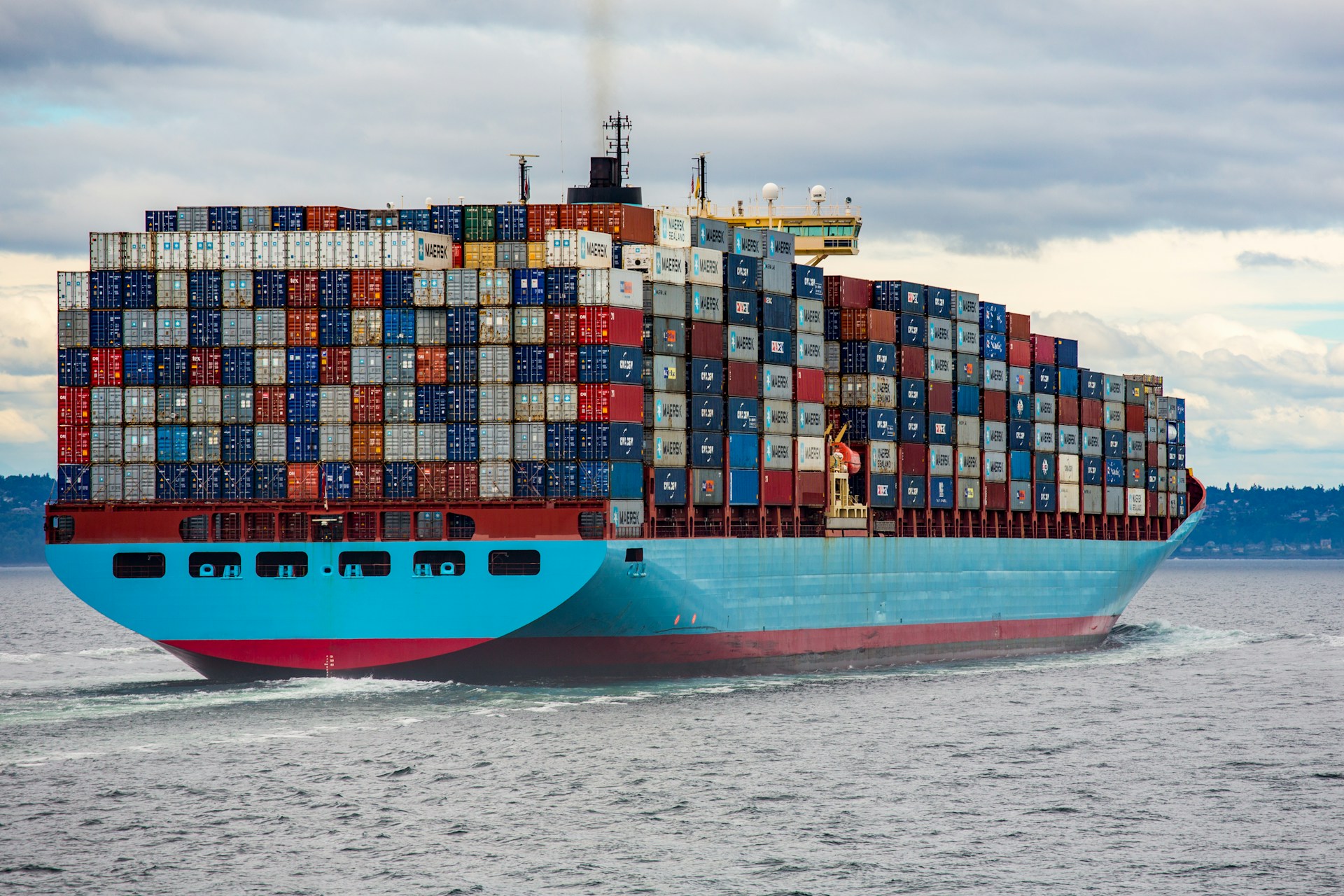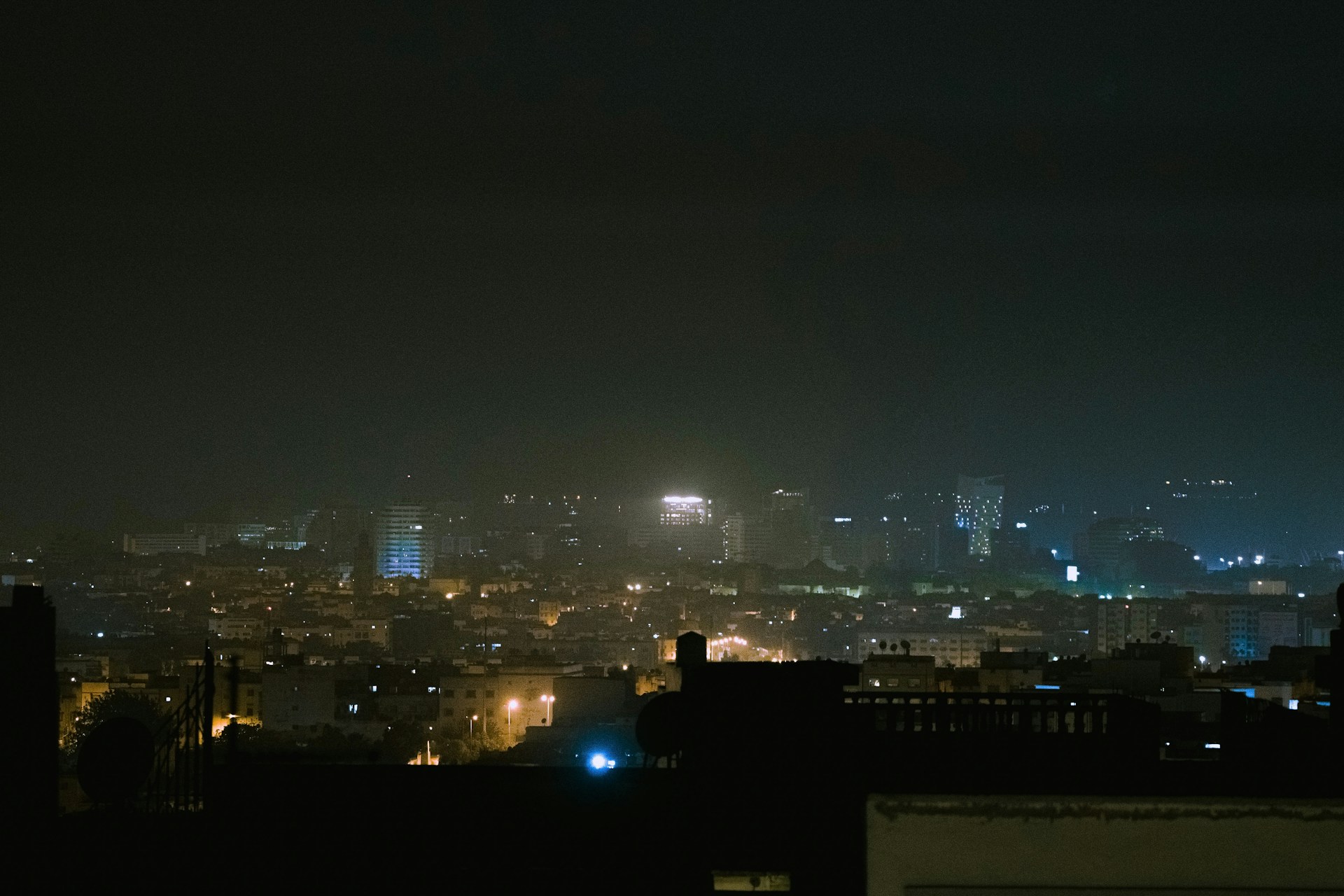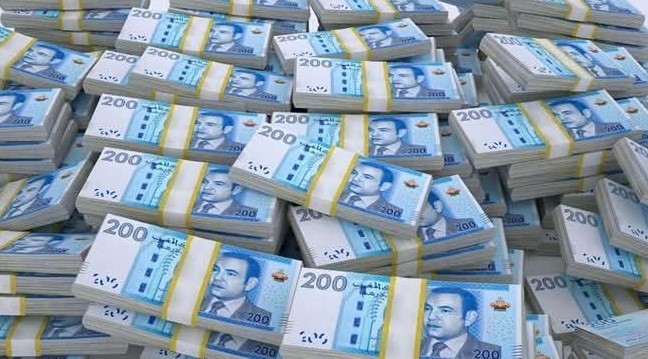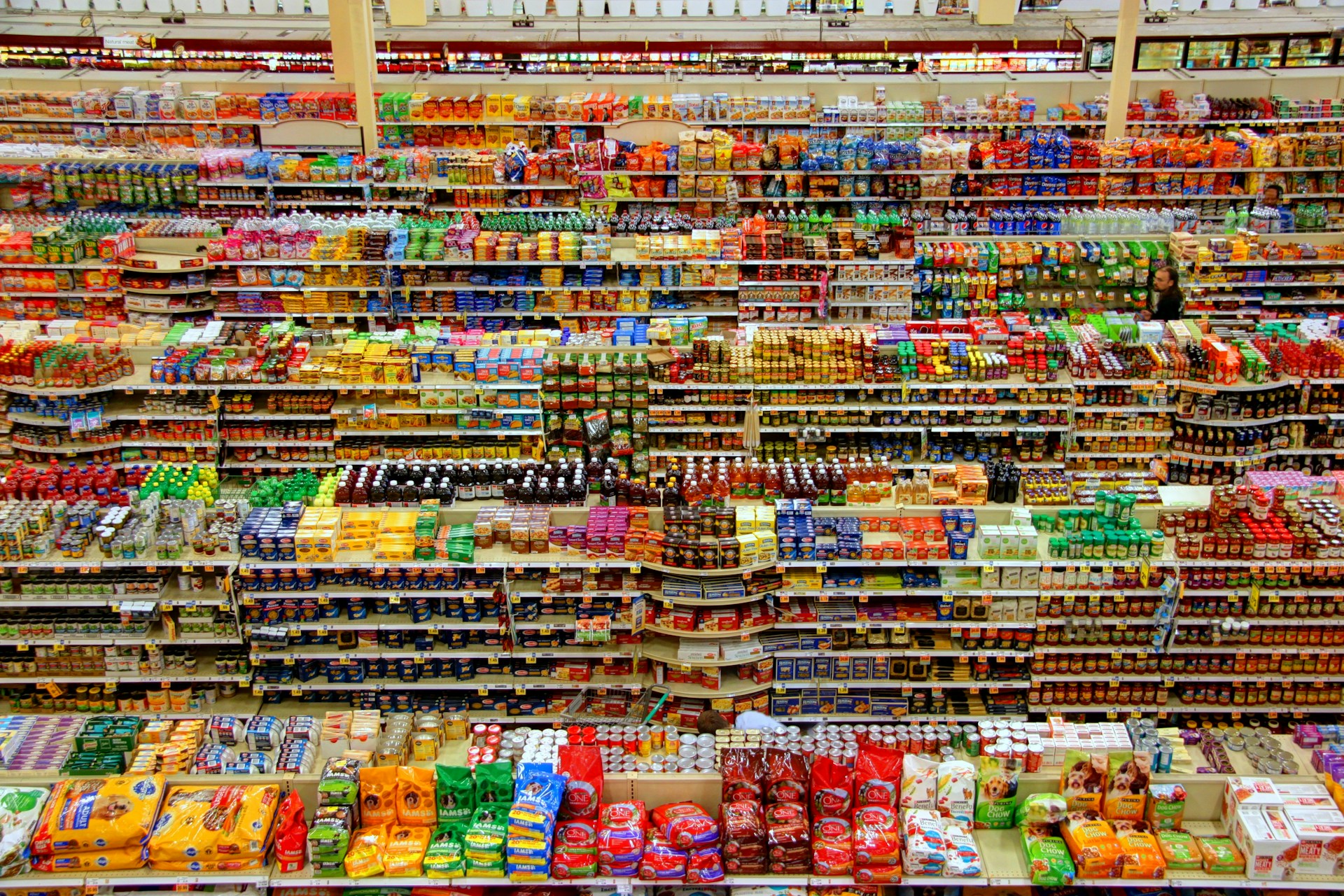Casablanca – As Morocco prepares to co-host the 2030 FIFA World Cup alongside Spain and Portugal, economic collaboration between Rabat and Madrid is witnessing significant momentum. Spanish officials and business leaders view this global event as a strategic opportunity to expand investment in Morocco, particularly in infrastructure, tourism, and technology.
Expanding bilateral trade and investment
Spain remains Morocco’s top trading partner, with an annual trade volume exceeding $24 billion. More than 350 Spanish companies operate in Morocco, contributing to economic growth and job creation. The upcoming World Cup is expected to deepen this economic integration, offering new investment opportunities across multiple sectors.
During a recent visit to Morocco, Spain’s Secretary of State for Trade, Amparo López Senovilla, highlighted the importance of leveraging the World Cup to strengthen economic ties. She emphasized Spain’s commitment to supporting Morocco’s major infrastructure projects, including the modernization of the national railway network and the expansion of urban and transport systems.
Spanish Ambassador Enrique Ojeda Villa also underlined the need for public-private partnerships to maximize the economic benefits of the tournament. He reaffirmed Spain’s view of Morocco as a strategic partner, emphasizing the mutual benefits of joint investments.
World Cup 2030: A catalyst for economic growth
Hosting the 2030 FIFA World Cup is seen as both a financial challenge and an economic opportunity for Morocco. According to estimates, the total cost of the tournament across Morocco, Spain, and Portugal will range between $15 billion and $20 billion, with Morocco’s share expected to be $5.5 billion to $6.5 billion.
To finance these investments, Morocco plans to:
- Allocate $2.5 billion from the state budget (2024–2030) for stadiums, training centers, and related facilities.
- Secure $1.8 billion from public companies to develop essential infrastructure.
- Raise $1.1 billion through foreign loans, international donations, and financial aid from partner countries.
This large-scale investment aims to modernize the country’s infrastructure and enhance its global economic position.
Infrastructure and tourism development
Significant upgrades are planned in sports and non-sports infrastructure, including:
- Construction of the Ben Slimane Stadium ($540 million), alongside renovations of stadiums in Tangier, Rabat, Casablanca, Marrakech, Agadir, and Fez ($100 million each).
- Development of 60 new or renovated training centers ($380 million).
- Upgrades to airports, highways, and high-speed rail networks, improving connectivity and logistics.
Tourism is expected to benefit significantly, not only during the World Cup but also in the long term. Morocco aims to attract record numbers of international visitors, with expectations that some of the new jobs created in tourism and hospitality will be sustainable beyond the event.
The tournament will also provide a global platform to showcase Morocco’s investment potential, reinforcing its reputation as an attractive destination for foreign businesses.
Long-term economic impact and challenges
While the World Cup presents a major economic opportunity, experts warn of potential post-event challenges. Previous experiences, such as the 2014 Brazil World Cup, have shown that revenues from stadium attendance alone are often insufficient to cover costs. Some studies indicate that host nations see a short-term boost in tourism but limited long-term impact on employment and economic growth.
However, Morocco aims to avoid these pitfalls by ensuring that World Cup-related investments contribute to long-term economic development. The government is prioritizing projects that will have lasting benefits, including improvements in transportation, telecommunications, and digital connectivity.
One notable area of focus is the expansion of Morocco’s 5G network, with expected upgrades in telecommunications infrastructure to support increased data and voice traffic during the tournament.
The 2030 FIFA World Cup is shaping up to be a key driver of economic cooperation between Morocco and Spain. With major investments in infrastructure, trade, and tourism, the event is expected to boost Morocco’s international standing and create new economic opportunities. However, careful planning and sustainable investment strategies will be crucial to ensuring that the benefits extend beyond the tournament, positioning Morocco as a leading economic and investment hub in the region.
